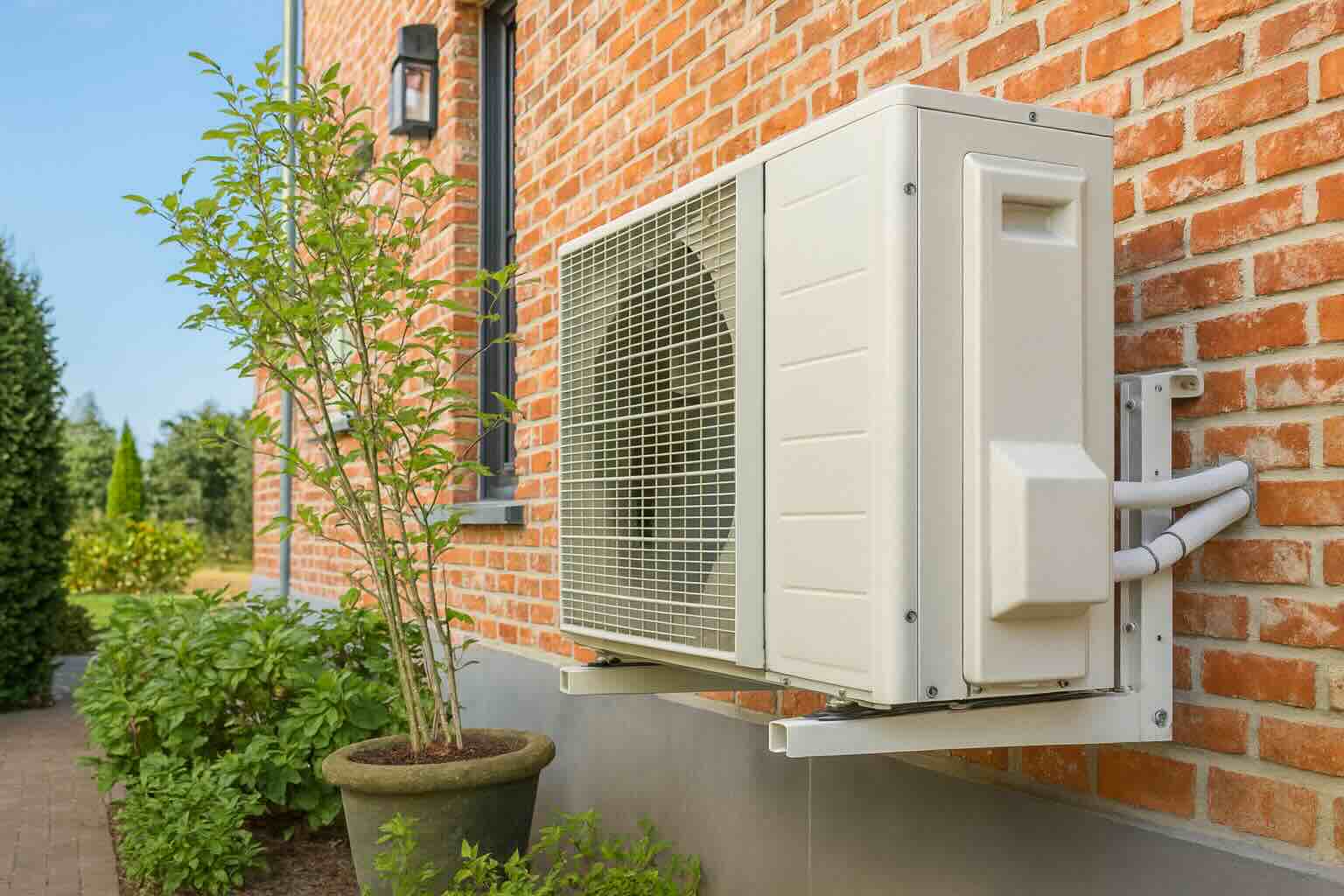Quilt, a young heat pump company, has become one of the first in the HVAC sector to prove that home climate systems can be improved as easily as updating an app. Its first major over-the-air software upgrade boosted both heating and cooling capacity by more than 20% — without requiring a technician to visit the home.
Paul Lambert, Quilt’s co-founder and CEO, explained the thinking to TechCrunch:
“We built Quilt from the start to be software-defined. Cars have shown how powerful over-the-air updates can be, but no one had really applied that concept to HVAC. We wanted to change that.”
Why the update mattered
The capacity increase was driven by customer feedback. Many Quilt users live in open-plan homes or have large living rooms that taxed the original system. The new software reprogrammed how the heat pump manages airflow and temperature regulation, raising performance from 19,700 to 24,000 BTUs per hour for cooling, and from 20,500 to 24,000 BTUs for heating.
Behind the scenes, Quilt’s advantage lies in its sensor package. Unlike typical residential systems, Quilt integrates highly precise temperature and current sensors as well as pressure sensors, giving its engineers richer data to work with. “We think there’s enormous value in that extra data, which is why we invested in these components from the start,” noted Isaac McQuillen, the engineer who led the upgrade project.
A new philosophy for HVAC
Traditional HVAC units rarely receive updates unless something breaks. Quilt, however, is staffed by veterans from Google, Apple, and other Silicon Valley players who are comfortable with rapid iteration. Their approach brings HVAC in line with the “software-defined” model that transformed electric vehicles, where ongoing updates extend product life and expand capability.
For homeowners, the result is a system that evolves with their needs. Instead of waiting years for new hardware, improvements can be delivered seamlessly through the cloud.
Cost, efficiency, and environmental impact
Heat pumps like Quilt’s generally cost more upfront than gas furnaces or conventional air conditioners. But they can slash energy bills by 50% or more thanks to their efficiency, while also shrinking a household’s carbon footprint. Because heat pumps work by moving heat in or out of the home rather than generating it directly, they deliver year-round comfort with far less energy.
The company argues that the higher initial investment is outweighed by the long-term savings — both financial and environmental.
Part of a bigger green picture
Heat pumps are only one piece of the puzzle for greener homes. Pairing them with solar panels, smarter insulation, or even eco-friendly landscaping like natural lawns can dramatically reduce household energy and water use. Quilt’s work shows how applying software thinking to home systems can accelerate that transition.
